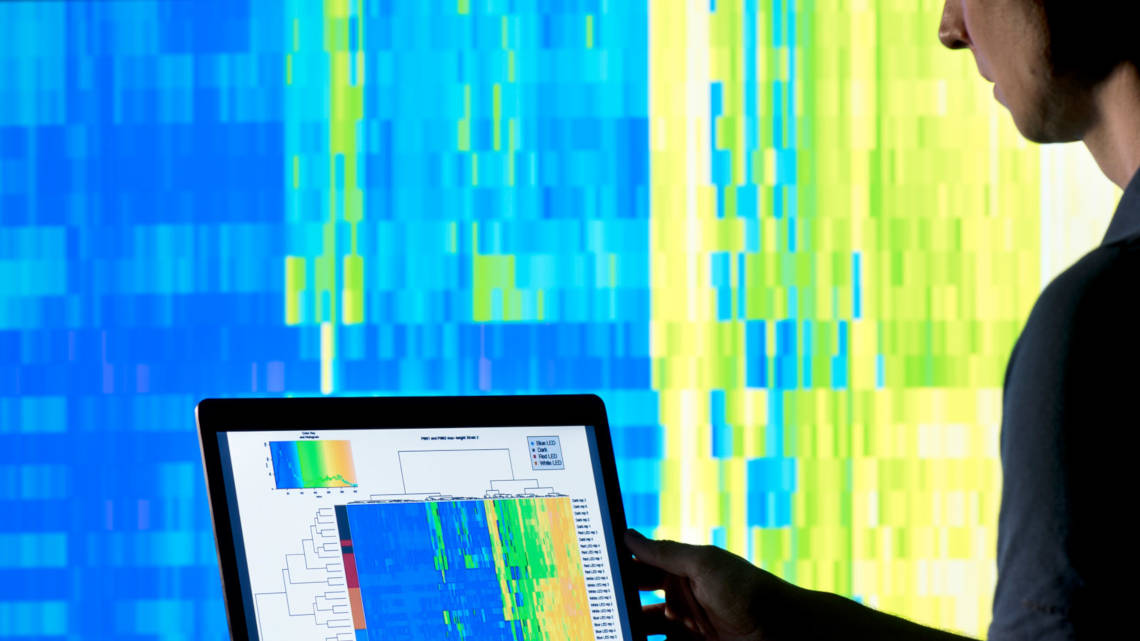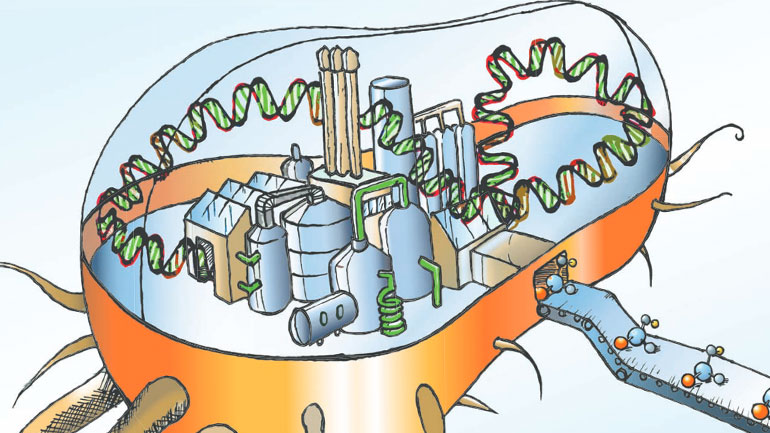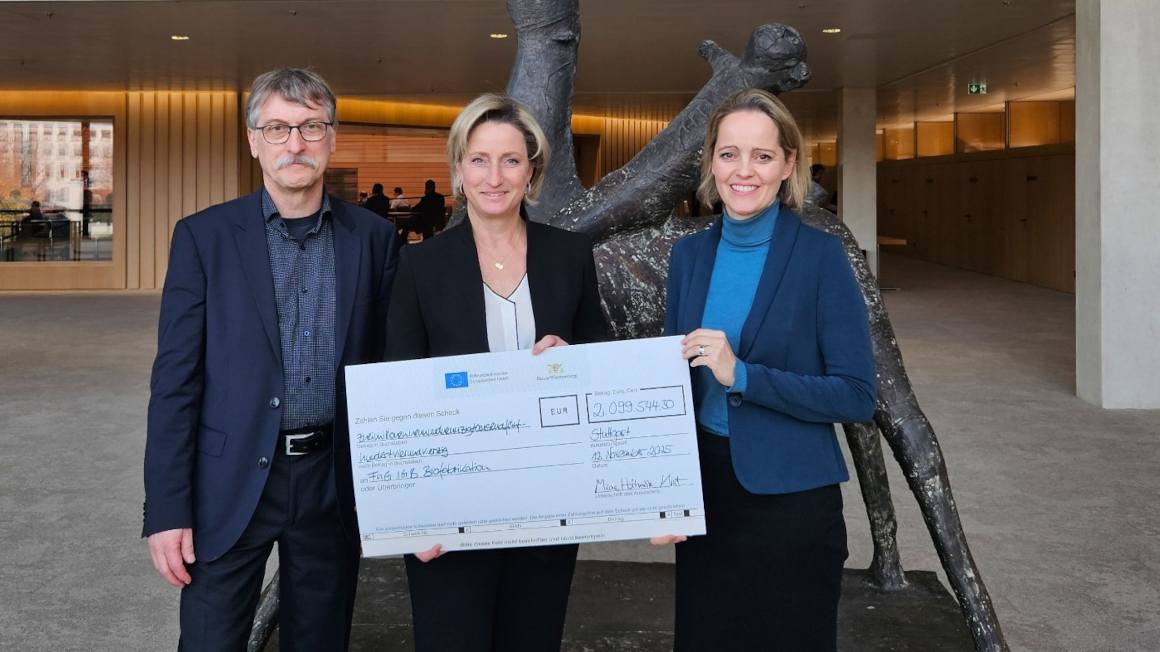DNA test shows biological age
Using epigenetic markers in the genome, Fraunhofer researchers can deduce the biological age of a cell sample. The software used is based on AI algorithms.

As people age, so does their genetic material. One of these aging mechanisms is methylation, in which small molecules, so-called methyl groups, are attached to the DNA. These methylations often have a regulatory function and are reversible. However, the overall extent of methylation increases over the course of a lifetime. In the "DrugTarget" project, Fraunhofer researchers have now developed a method for determining a person's age on the basis of methylations.
Accurate to within a few months
An oral mucosal swab and its genetic analysis including methylation status form the basis of the aging test. Software developed by the Fraunhofer Institute for Molecular Biology and Applied Ecology (IME) evaluates the methylations and calculates the biological age of the test person. In the first experiments with 150 volunteers, the programme missed the chronological age by no more than a few months. Cerascreen already offers the test as a lifestyle product to health-conscious people who want to know how biologically young their body really is.
Reactivating methylated genes
However, the Fraunhofer researchers are following a different goal. Methylations block the activity of the respective gene and can contribute to the development of diseases. The scientists would therefore like to selectively remove methylations from individual genes. "Today there are enormous databases with thousands of compounds we want to test in the laboratory to find out whether they are effective in altering the methylation of inviduals," explains Fraunhofer researcher Carsten Claussen. In addition, the team wants to develop and test new active substances.
Software for drug discovery
The software developed in-house will make a significant contribution to this. "The algorithm is using previously unknown areas of the genome to predict age which is a very exciting discovery," explains Claussen, thinking in particular of genes that fail due to their methylation and could thus become the target for therapies. The application will be supported by a programme contributed by colleagues from the Fraunhofer Institute for Applied Information Technology (FIT). "Now we can link the methylation information with genes and compounds identified from international publically accessible databases in order to rank the targets for therapeutic intervention," explains Carina Goretzky from FIT. This makes it possible to quickly check whether the gene is already known or whether interesting active substances are already in use.
bl/um


